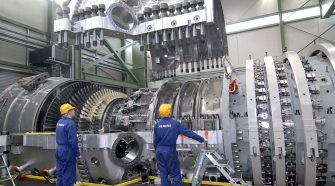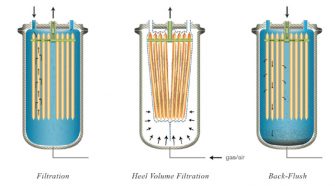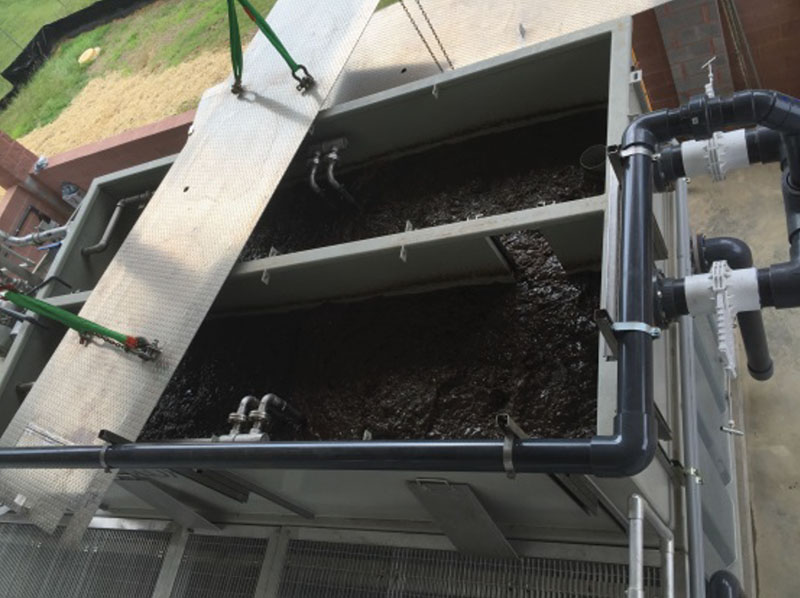End-Use Markets

The crucial role of air inlet filters for gas turbines
The overall structure of the power industry is currently in transition – from one based primarily on a “hub-and-spoke” central generation model with one-way energy flows, to a hybrid system …

Multi-cycle single-use filter optimizes biopharma processes
In the biopharmaceutical industry, stainless steel equipment has always been a staple for processing various biologics. Procedures for cleaning and sterilizing stainless steel equipment are validated and have been considered …

An electrifying development – the impact of electric vehicles on filtration
The electromobility (or e-mobility) industry is growing globally. As the auto industry increasingly focuses its attention on electrically powered vehicles, there will be a drastic change in the need for, …

Pentair goes all in on smart, sustainable water solutions
Pentair, a leading global water treatment company, believes that the health of the world depends on reliable access to clean, safe water. With approximately 110 locations in 30 countries, Pentair’s …

Zero Liquid Discharge market projected to reach US $9B by 2025
Zero liquid discharge (ZLD) system market size is being driven by the declining level of freshwater sources globally, according to a new report by Global Market Insights. The level of …

